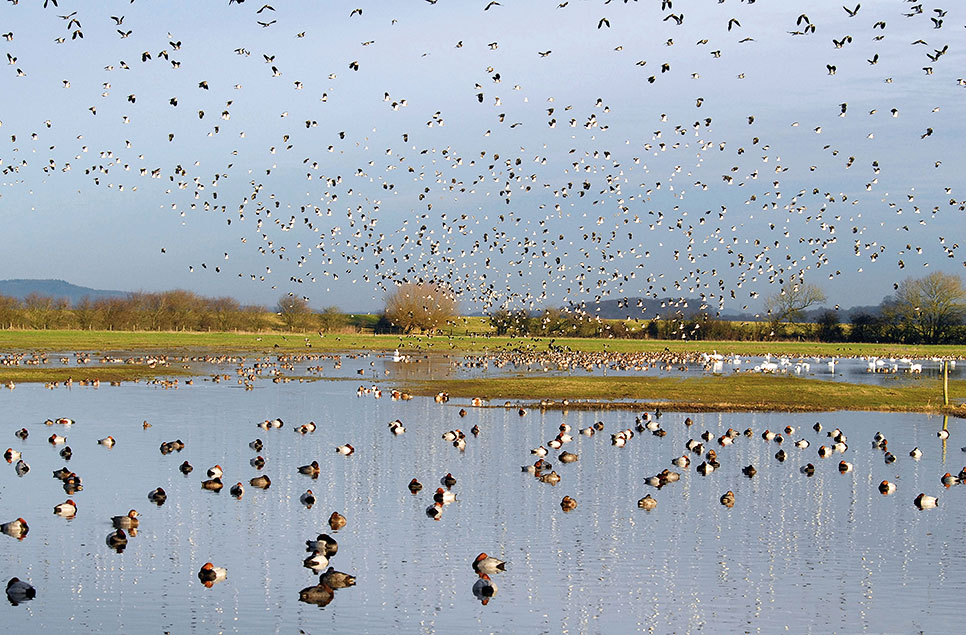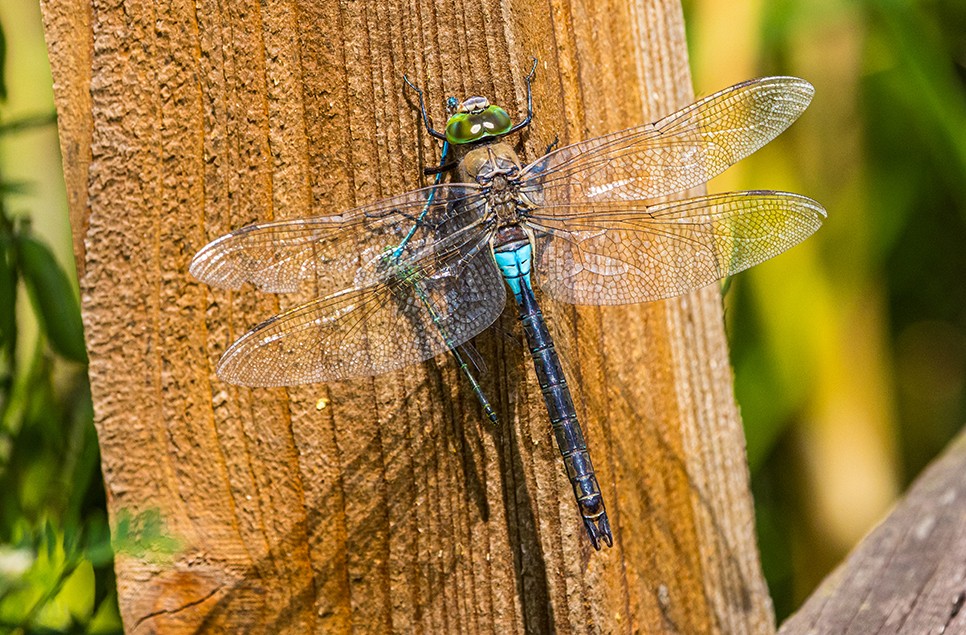WWT sets out what is needed to effectively implement biodiversity net gain
The UK Government has today released a consultation on regulations needed to ensure all new developments achieve a 10% net gain in biodiversity, as set out in the Environment Act 2021.

The UK Government has today released a consultation on regulations needed to ensure all new developments achieve a 10% net gain in biodiversity, as set out in the Environment Act 2021. These regulations will determine how increases in biodiversity will be measured, how and where habitat can be created, and how biodiversity net gain will be enforced.
WWT strongly welcomes this requirement for all developments to contribute to the restoration of nature through biodiversity net gain standards because this has the potential to provide habitat for wildlife while integrating high-quality blue space into communities.
Biodiversity net gain standards also have the potential to channel large amounts of private finance from developers towards the restoration and creation of wetlands, especially in urban areas, helping achieve WWT’s ambition of 100,000 hectares of new and restored wetlands across the UK. For this to happen, however, the regulations must ensure that existing rare habitats are preserved, high-quality habitat is created and that this is preserved through effective enforcement.
How can these new biodiversity regulations be effective and help wetlands?
To be effective and help achieve a Blue Recovery through the restoration and creation of wetlands, the regulations and the metric for measuring net gain should achieve the following:
- They need to make clear that achieving a net gain in biodiversity does not remove the requirement to follow the mitigation hierarchy with respect to areas of habitat planned for development. This means avoiding harm to biodiversity wherever possible, minimising impacts where this is not possible, and finally compensating for harm where avoidance and minimisation are not possible. The emphasis on this in the consultation is welcome and should be reinforced in the regulations.
- They must prioritise habitat creation and restoration on-site, and where this is not possible habitat creation or restoration as close to the site as possible. This is to ensure important locations for species are not lost and natural spaces that provide a vital health and wellbeing resource to local communities are not destroyed without providing alternative spaces for people to access nature. The consultation makes clear that on-site habitat restoration and creation should be given priority.
- They must make sure that habitats are replaced with like habitats. This is important so that where wetlands are affected by development, they are replaced with new and better wetlands. Wetlands are the most biodiverse habitats on earth, with many important and endangered species depending on them for their existence. Also blue space has been shown to be particularly beneficial for wellbeing, so we cannot afford to lose wetlands to development. Currently the metric for measuring net gain does not adequately ensure wetlands are replaced with wetlands, meaning precious habitats could be lost.
- They must ensure habitat created and restored is of a high quality and connected together. This is important to avoid the creation of small pockets of low-quality habitat which satisfy any metric used to measure net gain, but which in reality are too disjointed to help nature's recovery. The proposals do not currently give adequate consideration to creating connected habitat.
Effective mechanisms for quality checking and enforcement will also be key if biodiversity is to be protected, which means giving planning authorities the tools and resources required to check biodiversity net gain plans and hold to account developers who fail to deliver the promised gain.
WWT will be responding to the consultation to make sure the regulations take into account what is needed to get the most possible for wetlands from biodiversity net gain. We will also be working with our partners across the nature sector to ensure that the government creates a biodiversity net gain system that works for wildlife and people.
Biodiversity net gain has enormous potential for wetlands but the principle alone is not enough. It must be backed up with effective implementation that takes into account the importance of wetland habitat for biodiversity.



